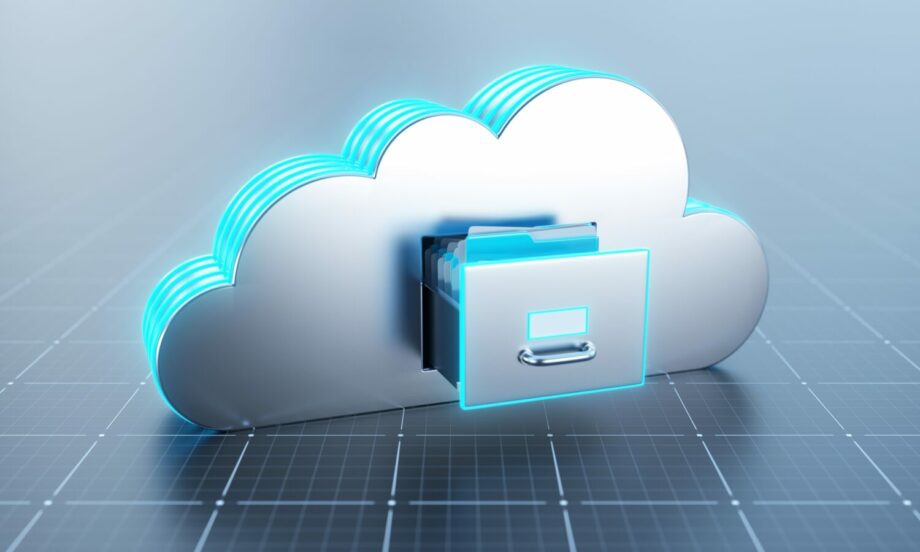What are Cloud Databases?
Sep 19, 2023


By Anthony Loss, Director of Solution Strategy, ClearScale
Demand for digital products and services is increasing rapidly. As a result, organizations are having to upgrade every layer of their technology stack, including the database layer. However, there is only so much that data engineering teams can do to prepare legacy, on-premises databases for modern workloads. Legacy database products weren’t built with today’s big data volumes and use cases in mind.
That’s why cloud databases are becoming more popular.
A cloud database is a database engine that is designed specifically for running on the cloud. Products like MySQL and PostgreSQL were initially constructed for on-premises operation. Modern database engines, however, perform at their best on virtual servers managed by cloud service providers, like AWS.
Cloud databases offer a number of advantages over legacy on-premises databases. First, cloud databases are generally managed products, which means that cloud service providers do all the infrastructure management work. This includes activities like patching, backing up, and configuring servers, as well as securing physical data centers.
Cloud databases typically can also scale with demand, which means data center operators don’t have to guess their capacity needs. Well-constructed cloud architectures can automatically add or subtract new database instances or memory when demand changes. This decreases the likelihood of applications suffering performance issues during traffic spikes, as well as companies incurring unnecessary costs for unused database capacity.
On the durability side, cloud databases typically come with automatic data replication and the ability to failover quickly should one availability zone go down. Depending on the specific database product in use, teams can maintain multiple master database instances with read-write capabilities or promote read-only database instances as needed.
What’s more, cloud databases offer pay-as-you-go-pricing. Companies don’t have to maintain rigid licenses or contracts that cost the same regardless of database utilization. This means that cloud database costs grow or contract in line with actual utilization. And this flexible pricing is available for products that are far superior from a performance standpoint.
What are the Different Types of Cloud Databases?
When it comes to cloud databases, AWS stands head and shoulders above the rest. AWS offers many different types of purpose-built database engines, so teams don’t have to customize relational databases to fit a multitude of use cases.
For example, AWS’ purpose-built database engines include:
- Amazon Neptune for graph databases
- Amazon DynamoDB for key-value databases
- Amazon Timestream for time series databases
- Amazon QLDB for cryptograph databases
- Amazon Keyspaces for Apache Cassandra databases
Visit this page to see a full list of AWS’ purpose-built databases.
When organizations want to continue using legacy databases, just not on-premises, AWS also offers high-performance options. For example, teams can continue using relational databases with products like Amazon RDS and Amazon Aurora that are compatible with popular SQL database engines. For the migration, AWS has tools like the AWS Schema Conversion Tool and AWS Database Migration Service that take care of the hard work of creating a seamless transition.
What’s more, on the cloud, it’s easy to implement different database types for different microservices. This means that companies can mix and match database engines to meet highly specific performance requirements with minimal custom configuration. AWS handles all of the backend work and burden that comes with keeping the physical infrastructure safe.
Even with everything that AWS provides, it’s helpful to work with a cloud database expert like ClearScale who knows how to build sophisticated data ecosystems around cloud databases. In other words, adopting cloud databases is often just one piece of a larger puzzle. These databases have to integrate seamlessly with other cloud-native services and tools to achieve their fullest potential.
How Can ClearScale Help Migrate and Set Up Cloud Databases?
As an AWS Premier Tier Services partner with the Data & Analytics competency, we know everything there is to know about setting up and optimizing AWS databases. We’ve worked with organizations in every industry to migrate legacy databases to AWS and leverage cloud-native solutions that offer superior performance and availability. We know the ins and outs of AWS’ purpose-built database offerings and love sharing with IT leaders why they don’t have to settle for one-size-fits-all databases anymore.
Our cloud database services include:
- Migrating and modernizing legacy databases
- Implementing new AWS cloud-native, purpose-built databases
- Maximizing database workloads
- Ensuring database security, availability, and durability
We’ve provided all of these services in recent projects. For example, we worked with a virtual fundraising platform that had a legacy Amazon RDS Oracle database approaching the end-of-life stage. Upgrading to the latest database version was risky for a number of reasons, so we decided to migrate the client to Amazon Aurora PostgreSQL using the AWS Schema Conversion Tool and Database Migration Service. As a result, our client improved the availability, performance, and scalability of its database without increasing TCO.
In another project, we helped a company in the digital advertising space set up two new data pipelines and an Amazon Neptune database to keep up with growth targets. The Amazon Neptune-based solution enabled the company to deliver high volumes of first-party data directly to customers and handle billions of relationships between objects with ease.
Get in touch today to speak with a cloud expert and discuss how we can help:
Call us at 1-800-591-0442
Send us an email at sales@clearscale.com
Fill out a Contact Form
Read our Customer Case Studies
